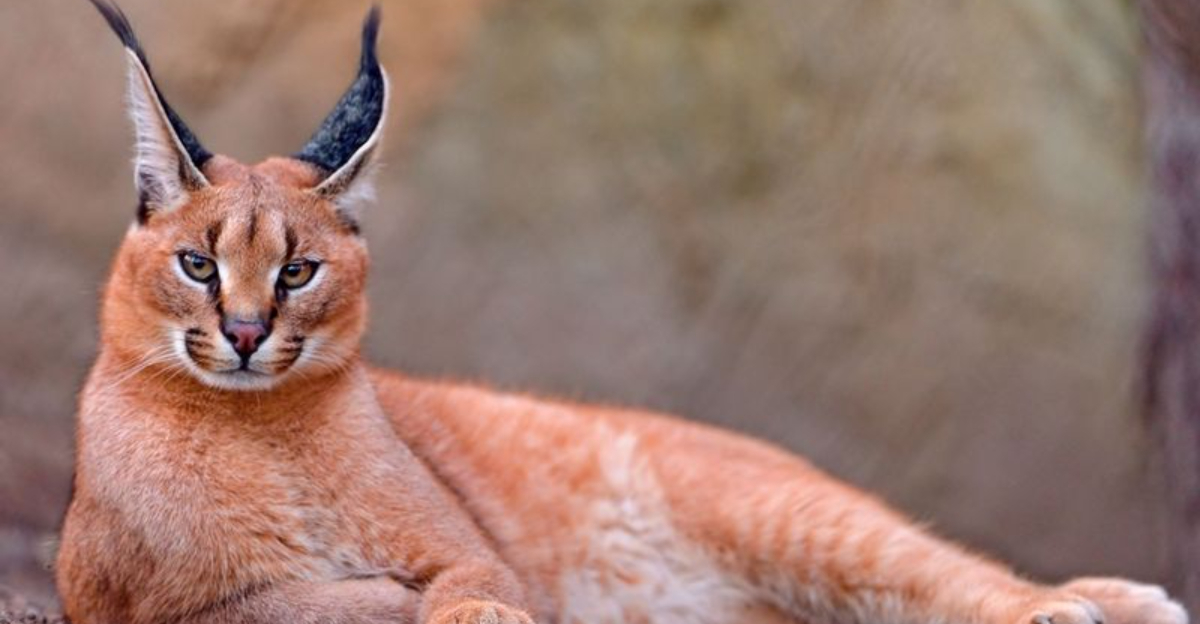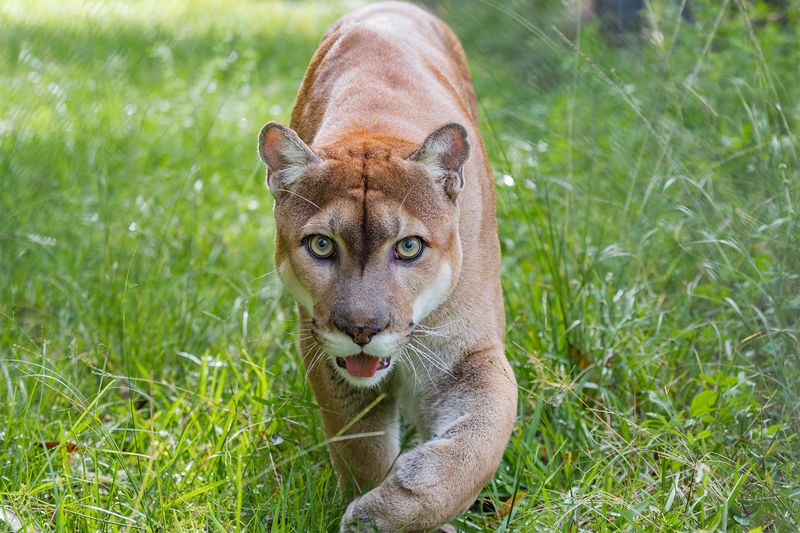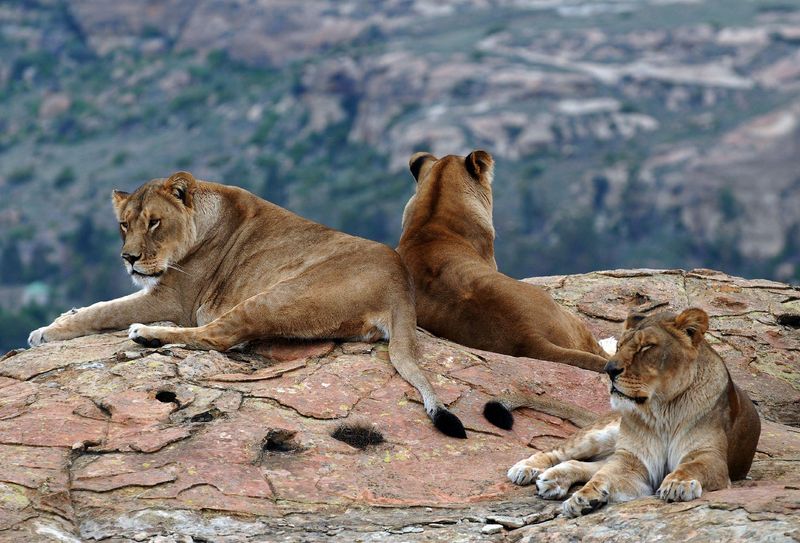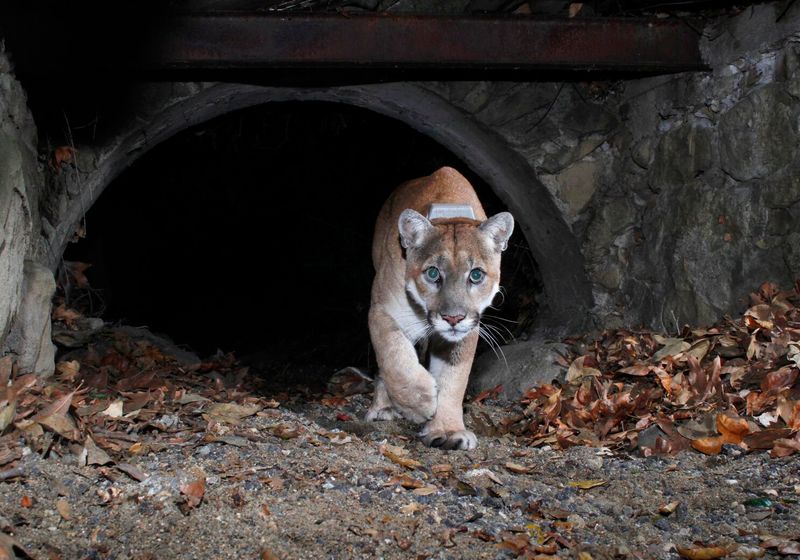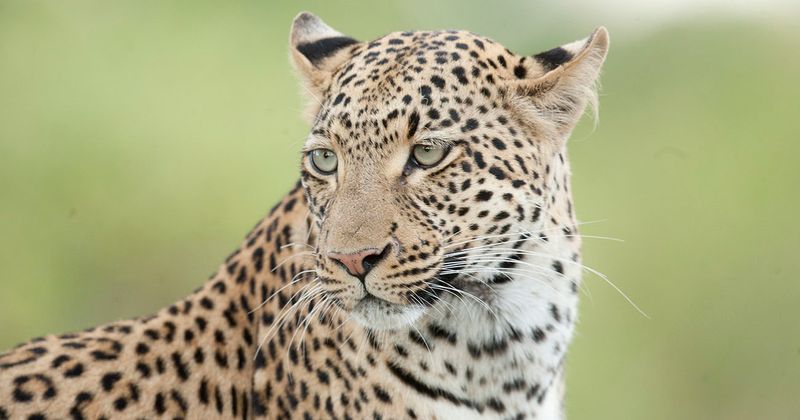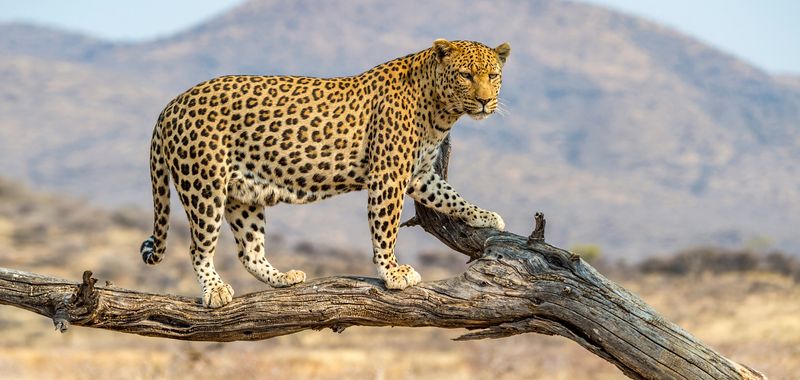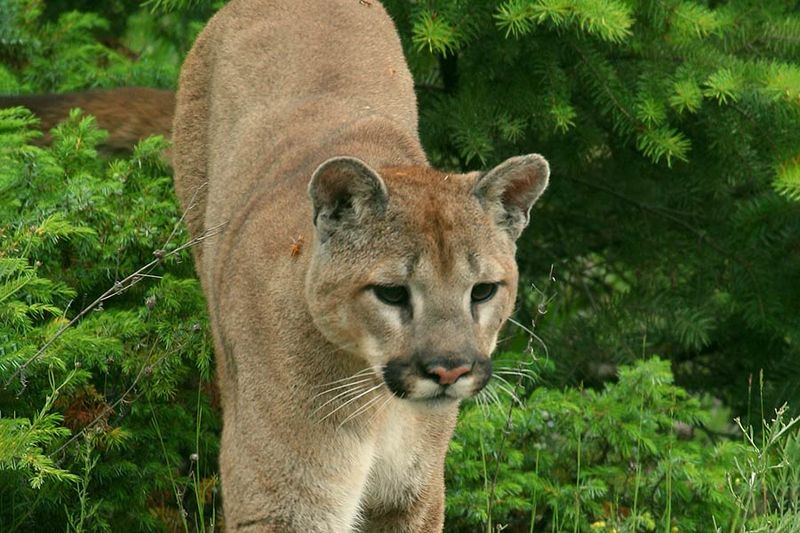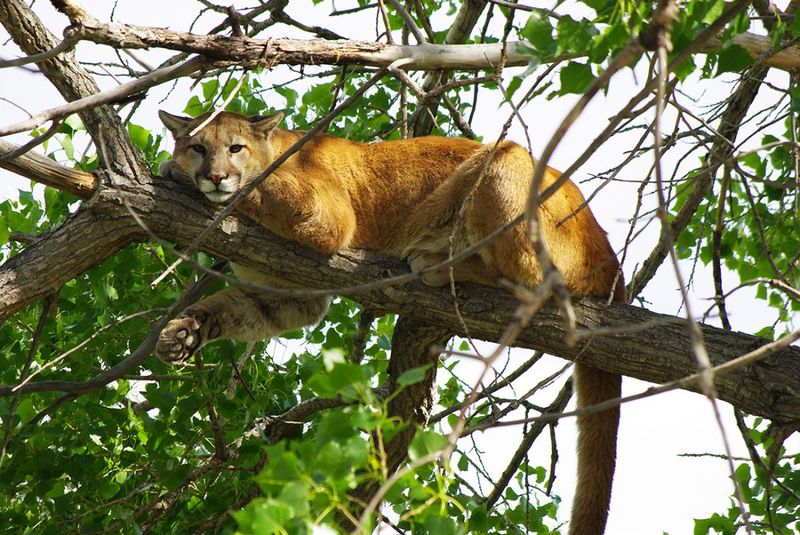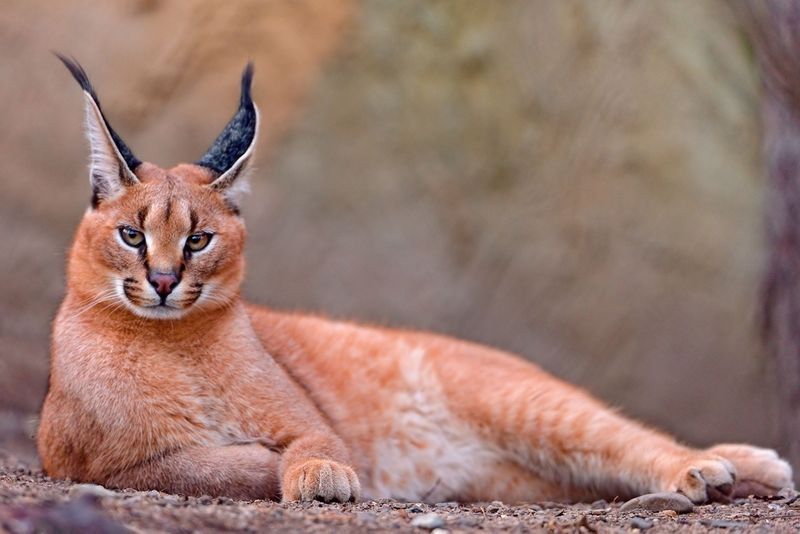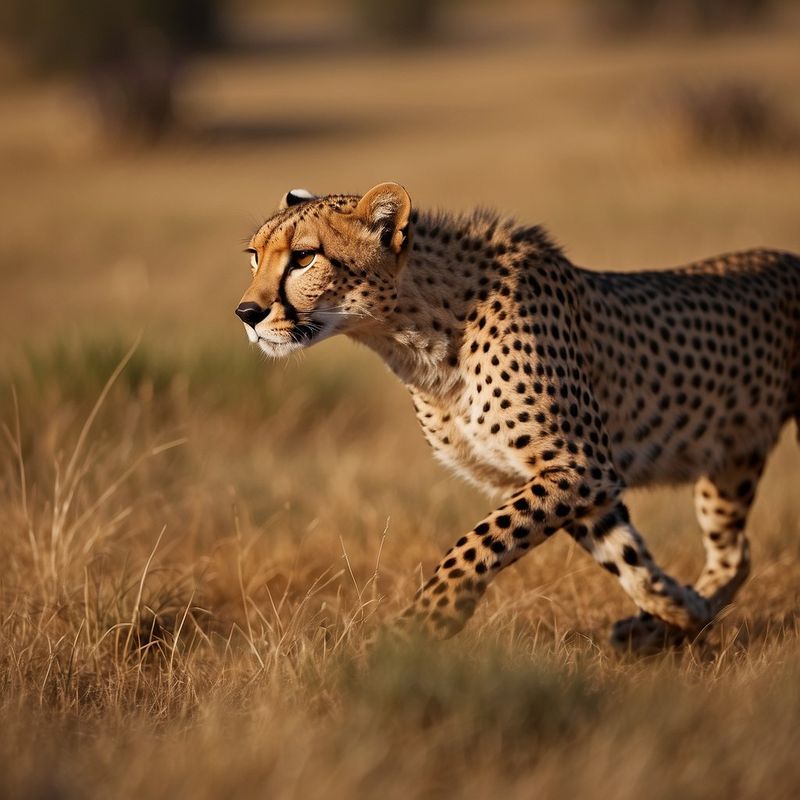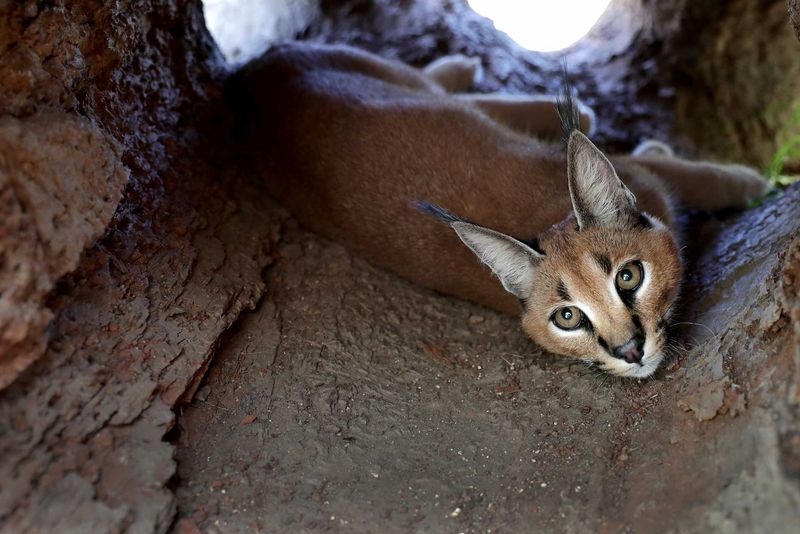📖 Table of Content:
North America is home to several awe-inspiring big cats that roam vast forests, deserts, and mountain ranges. These powerful predators move with stealth and grace, often staying hidden from human eyes. Their elusive nature makes every sighting a rare and unforgettable experience.
From the dense swamps of Florida to the rugged terrain of the Rockies, each region holds a chance of encountering one of these majestic animals. Whether it’s a solitary mountain lion or the critically endangered Florida panther, their presence signals a thriving ecosystem. However, their secretive habits mean they’re more often heard about than seen.
Spotting a big cat in the wild demands more than luck—it calls for patience, awareness, and preparation. Understanding their behavior and respecting their space are key to a safe experience. With the right approach, these rare glimpses can offer a deeper appreciation of North America’s untamed beauty.
1. Species Identification Guide
North America is home to several big cat species, each with distinct characteristics. Mountain lions (also called cougars or pumas) are the most widespread, inhabiting western mountains and some eastern regions. They’re tawny brown with long tails and can weigh up to 150 pounds.
Bobcats are smaller with stubby tails and tufted ears, while the critically endangered Florida panther is limited to southern Florida swamps. Jaguars occasionally cross from Mexico into Arizona and New Mexico, identifiable by their rosette-patterned coats.
Learning to recognize tracks, scat, and scratching posts will significantly improve your chances of determining which cats inhabit your observation area.
2. Prime Locations
The western United States offers excellent mountain lion viewing opportunities, particularly in California’s Sierra Nevada, Colorado’s Rocky Mountains, and Oregon’s Cascade Range. These cats prefer rugged terrain with good cover and abundant prey.
Florida’s Everglades National Park and Big Cypress National Preserve represent your best chance to spot the rare Florida panther. Bobcats have a wider range and can be found in diverse habitats from desert to forest across the country.
Research specific wildlife management areas, national parks, and wildlife refuges known for cat sightings before planning your trip.
3. Timing Is Everything
Big cats follow predictable activity patterns that savvy wildlife watchers can leverage. Dawn and dusk (crepuscular hours) offer peak activity times when cats are most likely hunting. Winter months often push cats to lower elevations following prey, increasing visibility chances.
Consider planning your observation during cooler seasons when vegetation thins out. Mountain lions are most active from October through February in many regions, while Florida panthers may be more visible during dry winter months when water sources concentrate wildlife.
Patience matters – dedicated wildlife photographers often spend days or weeks waiting for a single sighting.
4. What to Pack for Cat Watching
Quality optics make all the difference in wildlife observation. Invest in binoculars with at least 8×42 magnification and a spotting scope for distant viewing. A good camera with a telephoto lens (minimum 300mm) allows you to document sightings without approaching animals.
Pack survival essentials including water, high-energy snacks, first aid kit, map, compass, and emergency communication device. Wear muted earth tones that blend with your surroundings and sturdy hiking boots for rough terrain.
Weather-appropriate clothing layers are crucial – conditions can change rapidly in mountain and desert environments where many big cats live.
5. Tracking and Sign Detection
Successful cat spotters develop landscape reading skills that reveal animal presence. Fresh tracks show distinct features – mountain lions leave 3-4 inch round prints without claw marks, while bobcat prints are smaller but similar. Look for scrapes where cats mark territory by creating small piles of debris and soil.
Tree scratching at roughly shoulder height of an adult human indicates mountain lion activity. Scat evidence varies by diet but typically contains hair and bone fragments.
Concentrated bird alarm calls often signal predator presence, so listen for sudden changes in forest or scrubland sounds that might indicate a big cat moving through.
6. Safety First
Encountering a big cat is rare, but knowing proper response techniques is essential. Never run – this triggers predatory chase instincts. Instead, make yourself appear larger by raising your arms and opening jackets while maintaining direct eye contact.
Speak firmly in a loud, confident voice and slowly back away. If traveling with children, pick them up immediately. Carry bear spray as a deterrent and know how to use it effectively.
Travel in groups whenever possible – mountain lions rarely approach multiple people. Always tell someone your route and expected return time before heading into potential big cat territory.
7. Technology Tools
Modern technology enhances wildlife observation opportunities. Apps like iNaturalist and Wildlife Alert allow users to record and share sightings while accessing historical data of animal movements. Trail cameras have revolutionized wildlife monitoring – consider setting up motion-activated cameras in promising locations.
GPS mapping tools help navigate remote areas safely while recording your observations. Many wildlife agencies maintain online databases of recent sightings that can guide your search.
Join online communities dedicated to big cat conservation where members share recent activity and locations while respecting animal welfare and habitat protection.
8. Respecting Wildlife and Habitats
Responsible wildlife watching prioritizes animal welfare above personal experience. Maintain minimum viewing distances of 50 yards for most big cats, using optics rather than proximity for better views. Never approach dens, cubs, or feeding sites.
Stay on established trails to minimize habitat disruption. Avoid wildlife baiting or calling techniques that alter natural behaviors or create dangerous animal-human associations.
Follow all park regulations and special wildlife viewing guidelines. Support conservation efforts through appropriate channels like habitat restoration projects, scientific research funding, or joining citizen science initiatives that help track and protect these magnificent predators.
9. Understanding Cat Behavior
Big cats exhibit fascinating behaviors that signal their presence. Mountain lions often patrol territory edges and ridgelines, especially after rainfall when scent marking is most effective. Water sources become critical observation points during dry seasons.
Cats frequently use game trails and natural travel corridors like dry creek beds. Learning prey patterns helps predict predator movements – deer concentration areas attract mountain lions, while rabbit-rich environments draw bobcats.
Familiarize yourself with vocalization types from the mountain lion’s eerie scream to bobcat yowls. These sounds, though rarely heard, provide valuable clues about location and activity.
10. Contributing to Big Cat Research
Your wildlife observations can advance critical conservation science. Organizations like Panthera and the Mountain Lion Foundation welcome verified sighting reports that help map population distributions and movement corridors. Follow their specific documentation protocols for maximum scientific value.
Learn proper data collection techniques, including accurate location recording, time stamping, and behavior documentation. Photographs with metadata intact provide researchers with valuable information about cat health, breeding status, and territory use.
Many regions have specific mountain lion or Florida panther monitoring programs that train volunteers in tracking and reporting techniques, turning recreational wildlife watching into meaningful conservation action.
